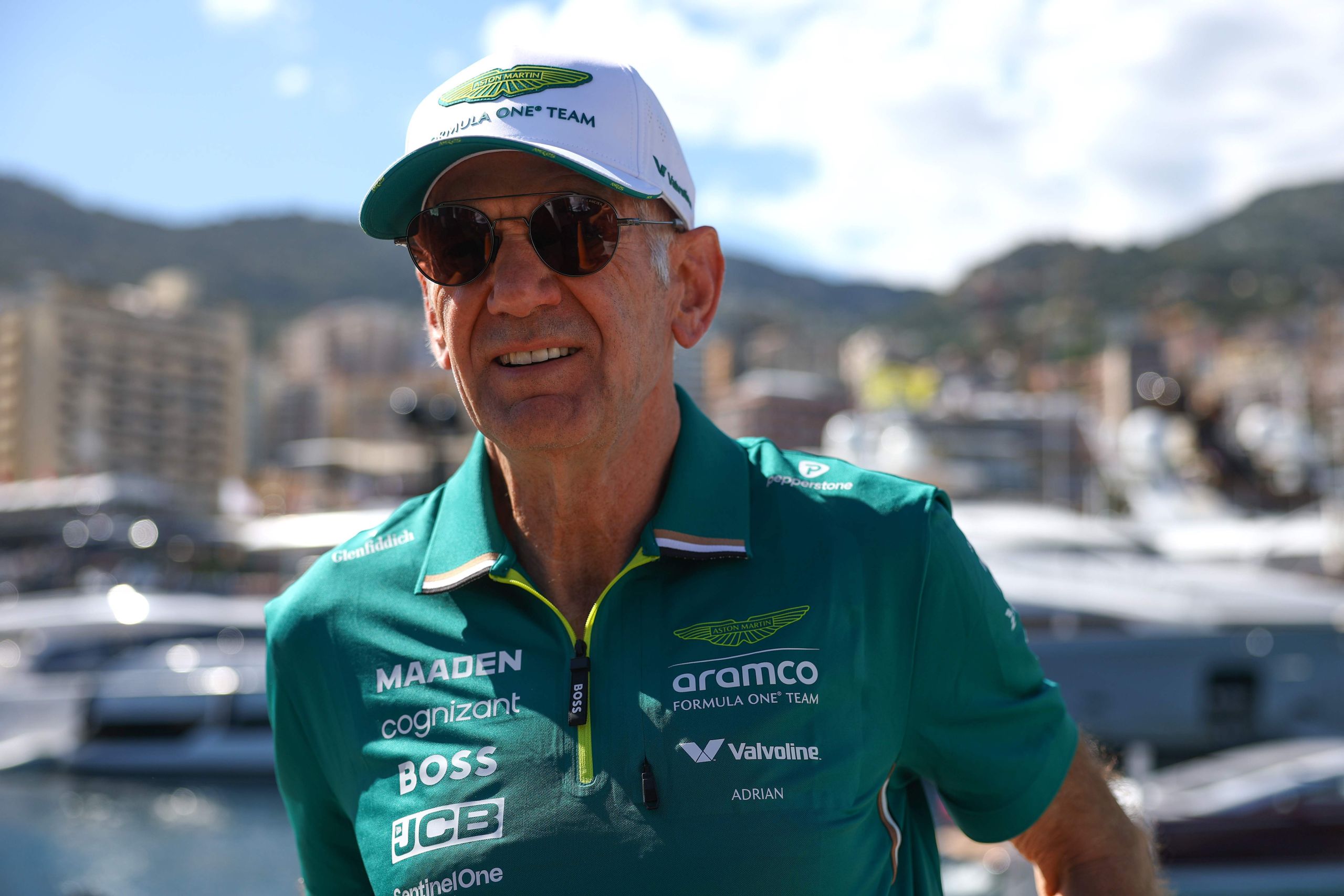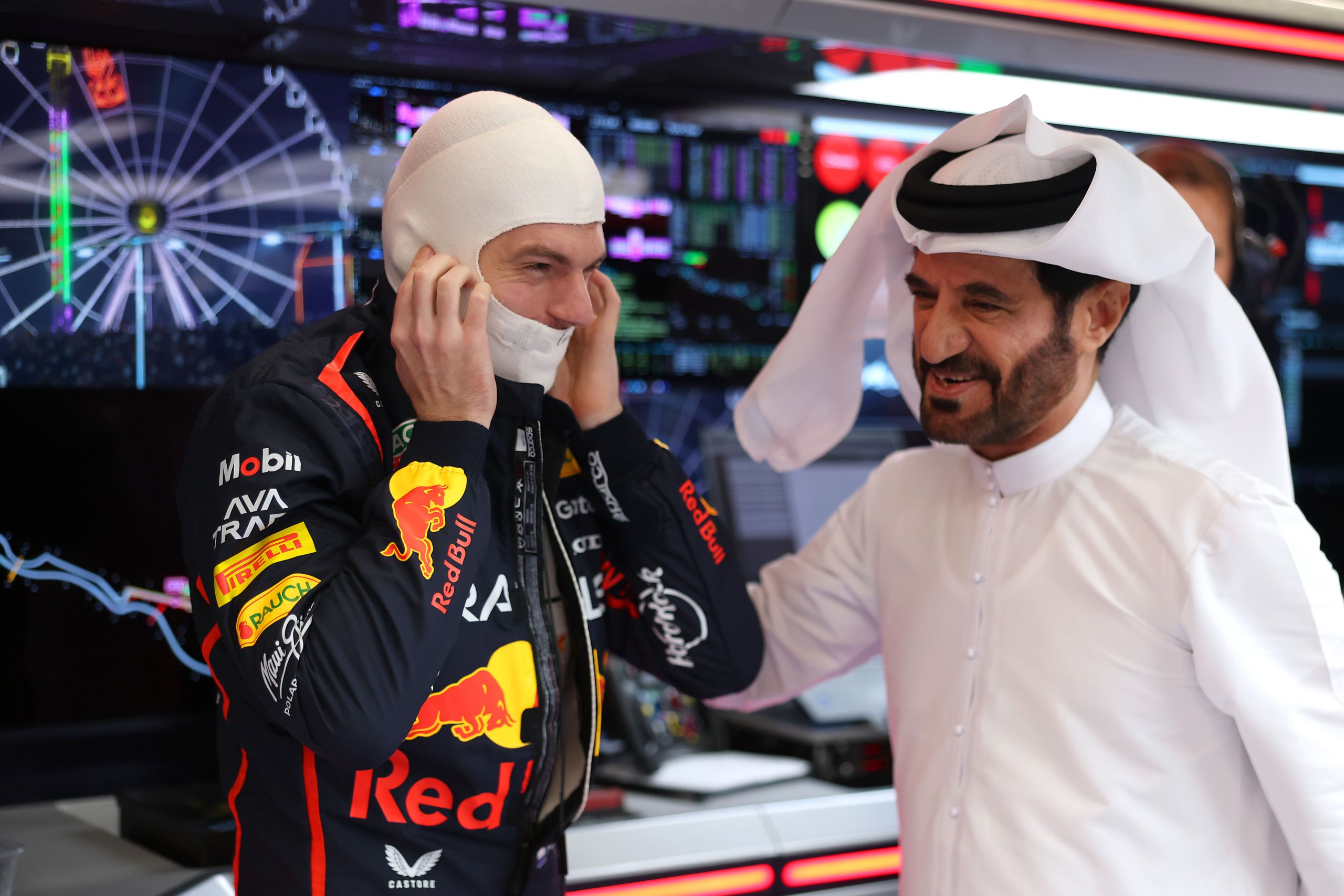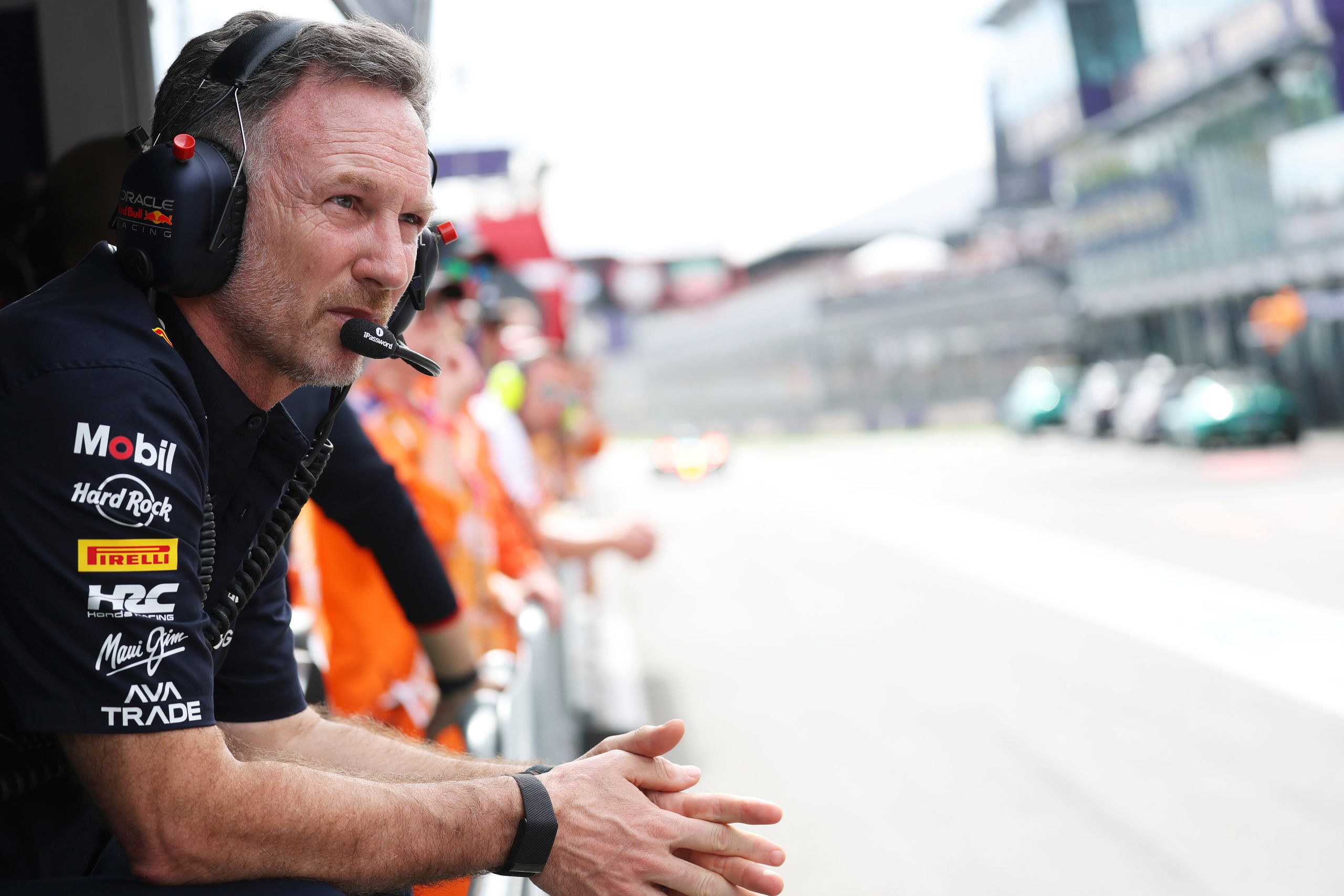Uncovering The Complexities Of Drag Reduction System (DRS) In Formula One Racing
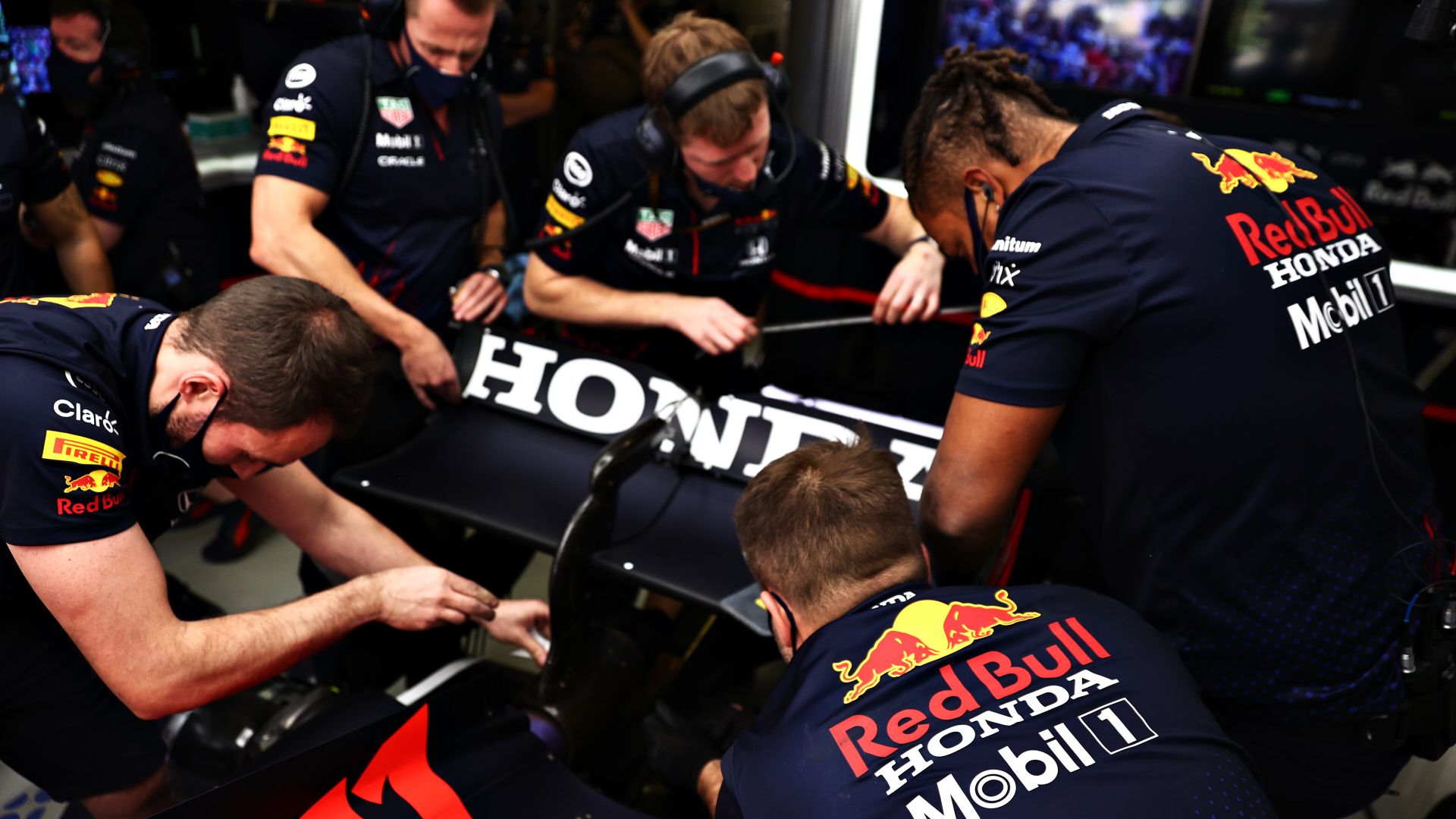
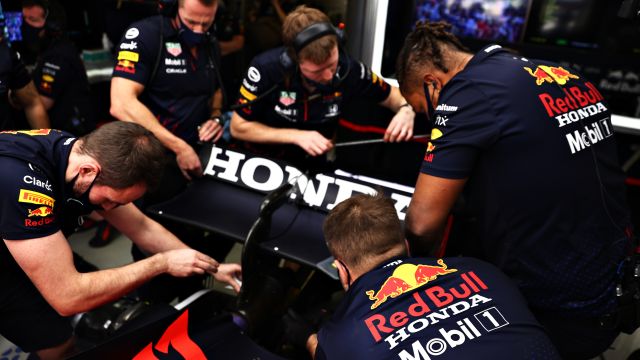
In 2010, the world witnessed one of the most intense F1 battles of all time. Heading into the final race in Abu Dhabi, there were drivers who had a real chance of winning the World Championship. Among them were Sebastian Vettel of Red Bull and Fernando Alonso of Ferrari. Alonso needed a second-place finish to clinch the Championship but struggled to get past the Renault of Vitaly Petrov during the race.
Alonso started the race in third place, while Petrov started in eleventh. As the race progressed, Petrov found himself in seventh place, while Alonso was in eighth. The two drivers maintained these positions for a significant portion of the race, and despite Alonso’s continued attempts to overtake Petrov and move up to 2nd, he was stuck behind and eventually finished the race in seventh place behind Petrov in sixth. Vettel eventually won the race, and with it, the 2010 F1 Championship.
Despite the intensity of the Alonso/Petrov battle and the praise Petrov received for his strong defensive driving, there were several complaints regarding the inability of F1 drivers to overtake others in a race. There were calls for concrete changes, and work on aerodynamics and engine led to the development of the Drag Reduction System (DRS). Here, we’ll uncover the complexities of the Drag Reduction System and its influence on Formula One racing.
What is DRS in F1?
When did DRS start in F1, and what does it mean? It was introduced in the 2011 season to increase the excitement and competitiveness of F1 races. It enhances overtaking opportunities in races by allowing drivers to reduce their aerodynamic drag and temporarily increase their speed.
Due to the high amount of turbulent air in F1 cars, it has become increasingly difficult for drivers to follow and overtake other cars. The race organizers are steadily looking for ways to improve the overall F1 experience, and one of the ways they are doing this is through sponsorships. The proposed partnership with Gigadat is one such way. Gigadat is a top Canadian payment solution provider, and a future collaboration between the brand and F1 will make payment easier for F1 fans. The collaboration between Gigadat and Formula 1 brings a list of benefits to the table, in much the same way as CasinoCanada being a sponsor of the Affpapa iGaming Awards will be.
Firstly, it increases convenience for F1 fans by making payment for merchandise or tickets seamless and hassle-free. Secondly, Gigadat’s innovative payment solutions can be utilized for cashless transactions at F1 events, leading to quicker and more efficient transactions. Lastly, the partnership with a reputable payment brand like Gigadat further enhances the trust and credibility of Formula 1 in the eyes of its avid supporters.
How Does DRS Work in F1?
DRS is located on the rear wing of the car and consists of a flap at the trailing edge of the rear wing. This flap can be adjusted to reduce the amount of drag on the car and increase speed. So who activates DRS in F1?
Every F1 car since 2011 has a DRS button on the driver’s steering wheel. When the driver presses the button, the system is activated, and the angle of the flap can be adjusted. On activation, the rear wing moves, and the angle of attack is reduced. This reduces the drag on the car and allows it to go faster. The DRS can be used during the race but can only be used when the driver is following another car within one second in qualifying and two seconds during the race. Pit stop, fuel, and tire changes are important factors in an F1 race, but for a driver to gain an advantage over their rivals, activating the DRS at the right moment can make all the difference.
Benefits of DRS in Formula 1
Here are some of the benefits of DRS in Formula 1 racing:
- Overtaking: One of the best things a fan can experience is watching a car overtake another. This is a crucial part of F1 and of the reasons why we love the sport. The DRS has made it easier for drivers to overtake their competitors by reducing the drag on their car’s rear wing and giving them a temporary speed increase. They can use this temporary speed boost to close the gap in front of them and overtake them.
- Improved Safety: During the 2010 Abu Dhabi Grand Prix, Alonso struggled to get past Petrov, which resulted in him trying several risky techniques, which were also futile. With the DRS, drivers can now overtake their opponents without risky and dangerous techniques. This has led to a reduction in crashes and collisions.
- More Exciting Races: Since the introduction of the system, fans have witnessed more exciting races as they watch drivers use the DRS to try more interesting overtaking manoeuvres. This has also made drivers integrate more advanced strategies into their races, adding another layer of excitement.
Drawbacks of DRS in Formula 1
- Making Overtaking Too Simple: The majority of the criticism that the DRS faces today is about how the system is making overtaking too simple. Many consider overtaking as a great skill that drivers must master, and the DRS takes away most of the strategy and skill required to overtake.
- Affects Handling and Balance: When used at the wrong time, the DRS can affect the handling and overall balance of the car. In some cases, this might lead to the driver losing control and increase the chances of collisions and crashes.
DRS Rules in F1
F1 racers cannot just activate the DRS whenever or wherever they like; there are rules guiding the system. Here are a few:
- 1-Second Rule
For a driver to use the DRS, he must be within one second of the car in his front and must also be in the designated zone. The DRS activation zones are specific zones on the track where the drivers are allowed to activate the DRS. These zones are determined based on certain factors like the track layout and weather conditions. Most times, they are located on a straightway, which is a more common location for overtaking.
- Limited Time Use
Upon activation, the DRS can only be used for a limited time and is generally capped at 15 seconds. Once the time for a particular session has expired, the system automatically closes and can only be activated at the next activation point.
- Safety Car Periods
Drivers are not allowed to use the DRS at any time in the first two laps or during safety car periods. This is due to how chaotic these laps are and the required distances drivers are expected to keep from safety cars in front of them. Using the DRS then will increase the chances of crashes and collisions.
- DRS and Driver Strategy
The DRS greatly improves drivers’ overall strategy during a race. Firstly, when used at the right time, like in long straights or areas where mistakes are more likely, drivers can easily overtake their opponents. Secondly, it can also be used defensively. When a car behind tries to overtake, the driver can use the DRS to reduce drag and increase speed—making it more difficult for the driver behind to overtake.
Ultimately, while the DRS might have made overtaking a lot easier, the world and Canadian F1 drivers still need to practice and implement the right strategies if they want to be successful.
Frequently Asked Questions About DRS
What is DRS in Formula 1?
Drag Reduction System is a system that allows drivers to reduce drag and increase speed in races, making overtaking easier and helping make races more entertaining with more passing.
Is DRS automatic in F1?
No, there’s a button on the steering wheel that is used to activate it. However, it automatically deactivates after the limited time elapses.
Who controls DRS?
The driver activates it, but its use is monitored not only by the race stewards but also by the team to ensure that it’s being used properly.
When can you use DRS in F1?
It is a system used when the driver is one second away from the car in front of him and is in a DRS-designated zone.
According to our author and head of content at CasinoCanada, Dmitry Rogalchuk, this innovation has changed the world of F1. Since its introduction in the 2011 season, DRS has totally changed, overtaking in F1. While many have criticized it for making overtaking easy, others have praised it for making races more enjoyable and safer. Here we covered everything you need to know about the Drag Reduction System in F1 and its application.

